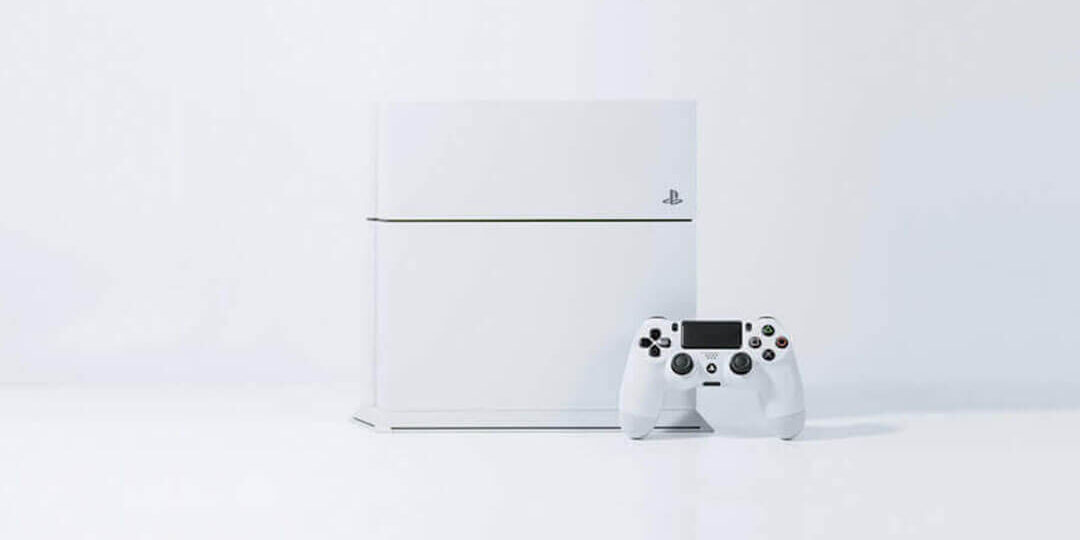A turbocharger is a device installed in an engine to compress and increase the amount of oxygen entering the engine using the energy of the exhaust gas and thus increasing power output. Before we explain how a turbocharger works, let’s start with how an internal combustion engine works like a naturally aspirated engine. Air flows into the engine due to the vacuum pressure created by the downward movement of the piston. Fuel is injected, and the fuel-air mixture burns and explodes in the combustion chamber, pushing the piston down. The energy from combustion is used to rotate the engine rotor, heat and sound.
The remaining energy goes to the exhaust gas. The amount of air absorbed is limited by the pressure differences between Normal air pressure outside the engine and vacuum pressure in the combustion chamber when the piston goes down in a turbo engine.
A turbocharger works by increasing the amount of air entering the engine by increasing the pressure differences between the intake air pressure and the vacuum pressure in the combustion chamber. This is done by placing a device coupled to the exhaust gas turbine with an air compressor between the air intake line and the exhaust gas line. The turbocharger works by Capture the exhaust gas energy flowing out of the engine using a turbine.
The exhaust gas energy rotates the turbine and the remaining energy goes to the aftertreatment system. The rotation of the turbine also rotates the air compressor because it is connected to the same shaft. The rotation of the compressor compresses the air flow into the engine. When a normally aspirated engine sucks in air, the outside pressure is the normal air pressure. The turbocharger raises this pressure to a higher level.
Because of this, the pressure differentials between the outer and inner combustion chamber are higher so the amount of air entering the combustion chamber is also higher Let’s assume that when a naturally aspirated engine has a total displacement of 2 liters it sucks the amount of air the turbocharger system makes the air sucked higher by the same Engine displacement.
So the amount of air sucked in by a 2-liter turbocharged engine is the same amount of air sucked in by a 4-liter displacement naturally aspirated engine. A turbocharger increases the power output without increasing the engine’s displacement. Turbocharger system limits When air is compressed, the temperature increases and the air density decreases. The amount of compressed air is limited the turbocharged engine is generally used by diesel SUVs.

An example is the Toyota Fortuner Legendary To further increase the air density in the turbocharger system, a turbo cooling system is introduced It is a law of physics, if we compress an amount of air to a higher pressure. The molecules move more quickly, the air temperature is proportional to the kinetic energy of these molecules. Thus, the air temperature rises. One of the physical properties of air is that the density will decrease if its temperature increases.
This is why the amount of air added just by compressing air is limited.
A turbo intercooler system works by installing an additional device called an intercooler or charge air cooler between the turbocharger and the engine. The intercooler then cools the high temperature air that is compressed by the supercharger. Turbo A lower air intake temperature means the air intake is denser and the amount of air the engine takes in is more This is an animation of how a turbo intercooler works A turbo intercooler system is used in a high-end sports car or SUV. For example, BMW The Cummins 4B3.9 is the base naturally aspirated model with a power rating of 56 hp at 1,800 rpm The Cummins 4BT3.9 is the turbocharged version of the 4B3.9. It has 87 horsepower at 1800 rpm and the cummins4BTA3.9 is the turbo intercooled version of the 4B3.9.
It has a 0f power rating of 123 hp at 1800 rpm The power output of the turbocharged engine is increased 55% more and the turbo intercooled version is 120% more than the output of the naturally aspirated engine Reduced fuel consumption per hp per hour of a turbocharged and intercooled engine by 10% No There is fuel saving between the turbocharger and the turbo intercooler The engine that was designed with a turbocharger and turbo intercooling system from the beginning has many improvements that focus on increasing the engine’s power even more per displacement they have When compared to the older engine that was designed, it has been optimized for the method of natural air induction If you have a non-turbo car and want to add a turbocharger.
You can opt for a third-party turbocharger. Thanks for watching my video.
https://lcp.trwv.net/lcp/yosekbaez24in/youtubemadeez/report.html
Effective “Neuro-Marketing” marketing campaigns must PDF
Discover more from Making Money Is Easy
Subscribe to get the latest posts sent to your email.



































